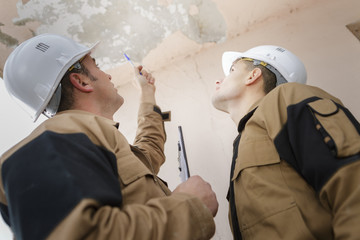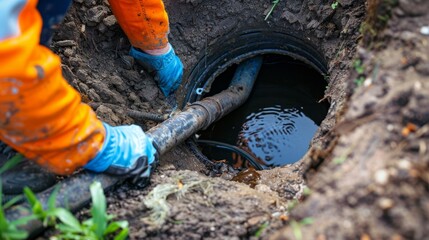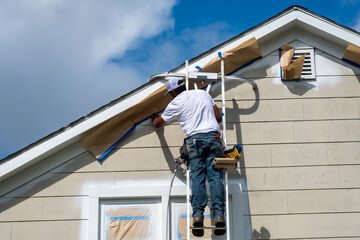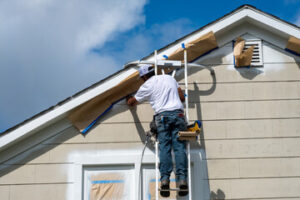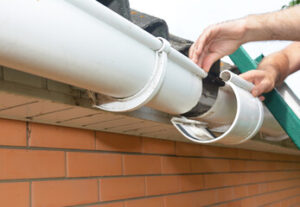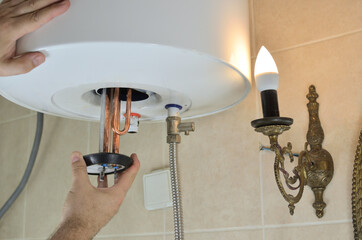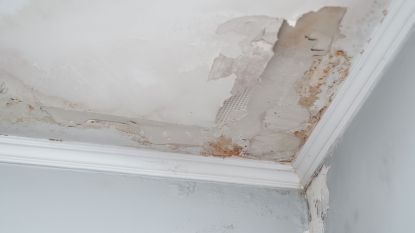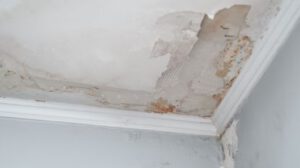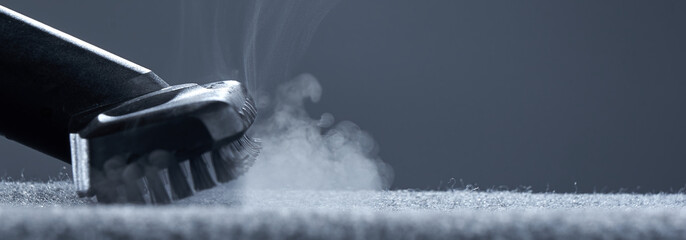Whether it’s your first pregnancy or your fifth, attending prenatal classes can be an invaluable investment in yourself and your family. These classes provide a safe space to ask questions and help you prepare for what’s ahead.
Learn about labor and pushing techniques, comfort measures during childbirth, breathing and relaxation exercises, and more. Cost is $100 per couple. Visit https://www.nourishyourpurpose.ca/ for more details.

Pregnancy classes will typically cover a wide range of topics to help expectant parents get ready for childbirth, breastfeeding and caring for a newborn. Some classes focus more on the physical side of labor and delivery, while others are geared toward the emotional aspects of birth. It is important to make sure that the philosophy of the class you are taking matches up with your vision for the ideal birth experience. Your doctor or midwife may be able to offer suggestions for pregnancy classes that fit your needs, or you can ask friends and family for recommendations.
Typically held in months 6 and 7, childbirth classes are an excellent way for parents to learn about the labor and delivery process. They often include breathing and relaxation techniques, and can also teach tips for coping with pain during childbirth. Some classes will also cover a variety of delivery methods, so that you can decide what type of birth you would like.
In addition to learning about pain management, many antenatal classes will provide information on infant care, including bathing and feeding. Some will even give a tour of the birthing facility, so that you can familiarize yourself with the space where you will be bringing your baby into this world.
Breastfeeding is an extremely important skill that can take some practice. This virtual class will discuss the basics of breastfeeding, and can also cover ways to support your new family member during this challenging time.
It is also a great opportunity for parents to learn about the importance of newborn safety. This class will help prepare you for your baby’s arrival, with a special emphasis on infant CPR and safe sleep practices. During this class, participants will learn to recognize when a baby is in distress, how to perform rescue breathing and how to use the nipple position for optimal breastfeeding. This class is recommended for families with children ages 3 to 7. This program will also address how big brothers and sisters can help their parents during this transitional period, as well as how to safely hold your newborn.
Breastfeeding
Breastfeeding is a key element in the health, well-being and survival of infants and mothers. Several studies have shown that breastfeeding can protect against certain short- and long-term illnesses and diseases, such as diarrhoea, respiratory infections, malnutrition, obesity, high blood pressure, ovarian cancer and type 2 diabetes mellitus in mothers. Providing women with sufficient, appropriate and accessible information on breastfeeding and its benefits and risks is essential to facilitate breastfeeding practices, particularly in resource-limited settings.
Inadequate breastfeeding practices significantly impair the health, development and survival of infants and mothers. For example, the World Health Organization estimates that about a half of all episodes of diarrhoea and one third of all respiratory infections can be prevented by adequate breastfeeding practices. Breastfeeding also reduces maternal mortality from pregnancy and childbirth.
During the first days after birth, colostrum provides babies with important immunologic components such as white blood cells and antibodies that help prevent infection. Transitional milk is then produced, containing lower concentrations of immunologic components but still high levels of protein and fat-soluble vitamins like Vitamin A, D and K. This is followed by mature milk, which contains a lower concentration of proteins but still has the same fat-soluble vitamins as the earlier stages.
It is recommended that women who plan to breastfeed should start planning for breastfeeding in the early stages of pregnancy. It is also suggested that clinicians ask pregnant women about their intended duration of breastfeeding as this may be a strong predictor of the length of time they actually breastfeed.
Breastfeeding puts a baby in close skin-to-skin contact with their caregiver and promotes bonding. It also allows the mother to monitor the baby’s feeding habits and to respond accordingly. The oxytocin released during breastfeeding helps to speed up the recovery from childbirth, decrease anxiety and create a sense of calm in both mother and baby. Breastfeeding is also environmentally friendly, requiring no energy or resources to produce and avoiding the production of greenhouse gases (methane, nitrous oxide and carbon dioxide) from the manufacture, transportation and use of formula.
It’s also a great way for a mother to learn how to hold and support her baby, as it puts the baby in a position most comfortable for them. In addition, breastfeeding supports the infant’s ability to self-soothe, sleep and regulate their emotions.
Infant Care
Infant care is one of the most fundamental aspects that contributes to a baby’s overall well-being. It covers everything from nutrition and hygiene to ensuring adequate sleep. Understanding the importance of infant care is essential for all parents and caregivers.
A high-quality program will follow guidelines that nurture infants’ growth and development. A few of the most important aspects include a community of care (COC), early initiation and exclusive breastfeeding, thermal care and safe hygiene practices.
Routine caregiving tasks like diapering, bathing and feeding provide opportunities for affectionate one-to-one interactions with infants. Caregivers also ensure that infants receive the proper amount of rest, to maintain their optimal physical and cognitive health. They will make sure that the infant’s environment is free from hazards and implement strict cleanliness measures before and after feeding, diapering and toileting.
For example, if a child’s stools are too runny or hard, it may indicate that the baby is dehydrated. Additionally, a change in the frequency of stool may be an indicator of diarrhea.
A high-quality infant program will be open to families and encourage them to visit often. This gives infants a sense of security and allows them to build relationships with their caregivers. It also helps caregivers become more familiar with each infant’s personality and developmental progress.
Visiting programs to observe how the staff interacts with infants can be an excellent way for parents to find the right program for their family. During your tour, look for defined areas for sleeping, playing and eating. This helps keep everyone clean and safe, and it limits the distractions that can overwhelm an infant.
In addition, a high-quality program will offer small physical challenges to infants. For example, they may put an interesting object just out of reach to help them learn how to coordinate their movements and stretch. They will also use a short riser or a single step to give older infants climbing practice. Finally, they will read simple stories and provide children with books that reflect their own cultures and families. All of these experiences will foster cognitive and socio-emotional development.
Postpartum
Women need to be informed about postpartum care, which is the period after birth. This is a critical time, when many women experience hormone changes that can affect their emotions and physical recovery. In addition, new mothers often feel exhausted and fatigued from the demands of caring for a newborn. Some women also suffer from mental health problems. These conditions can be dangerous if they are not treated.
Women who attend prenatal classes can learn about the different ways to cope with their emotional and physical needs during this important period. Women may choose a class such as Birthing from Within, which is designed to help them explore their own thoughts, feelings and expectations about the pregnancy, childbirth and parenthood. It usually includes journaling, drawing and other activities to process personal fears and desires. It is a good idea to take this type of class in addition to a more traditional childbirth class.
Another popular option is a Lamaze class, which provides information about the basics of childbirth and how to prepare for labor, including breathing and pain management techniques. It can help women understand their options and decide how they want to proceed with the delivery. This class can help women and their partners feel more confident in their ability to prepare for a labor and delivery.
In this class, mothers can learn about newborn characteristics and daily care, along with how to bathe, diaper and swaddle a baby. The class will also discuss feeding and sleeping issues, concerns about safety and when to call the doctor. The class can also cover ways to soothe fussy infants and bonding with the new baby. The course can be beneficial for mothers of multiples, as well.
Women who have attended antenatal classes are often better prepared to cope with the emotional and physical challenges of the postpartum period, which can be difficult for any woman. During this time, it is important for women to keep in touch with their healthcare provider and to follow her advice about diet and exercise. If a woman develops any unusual symptoms, she should visit her healthcare provider or go to the hospital immediately.


